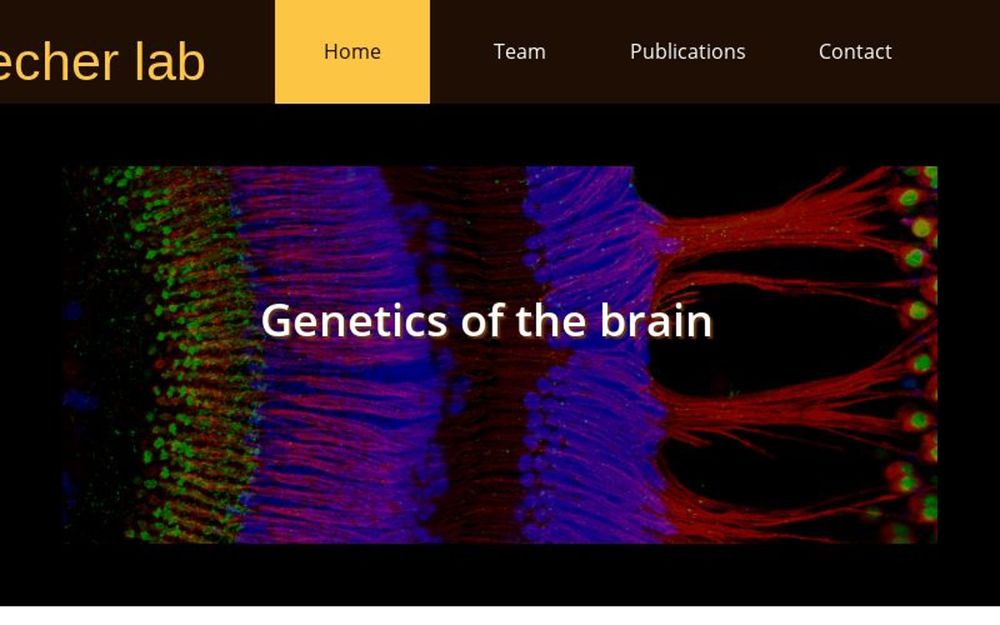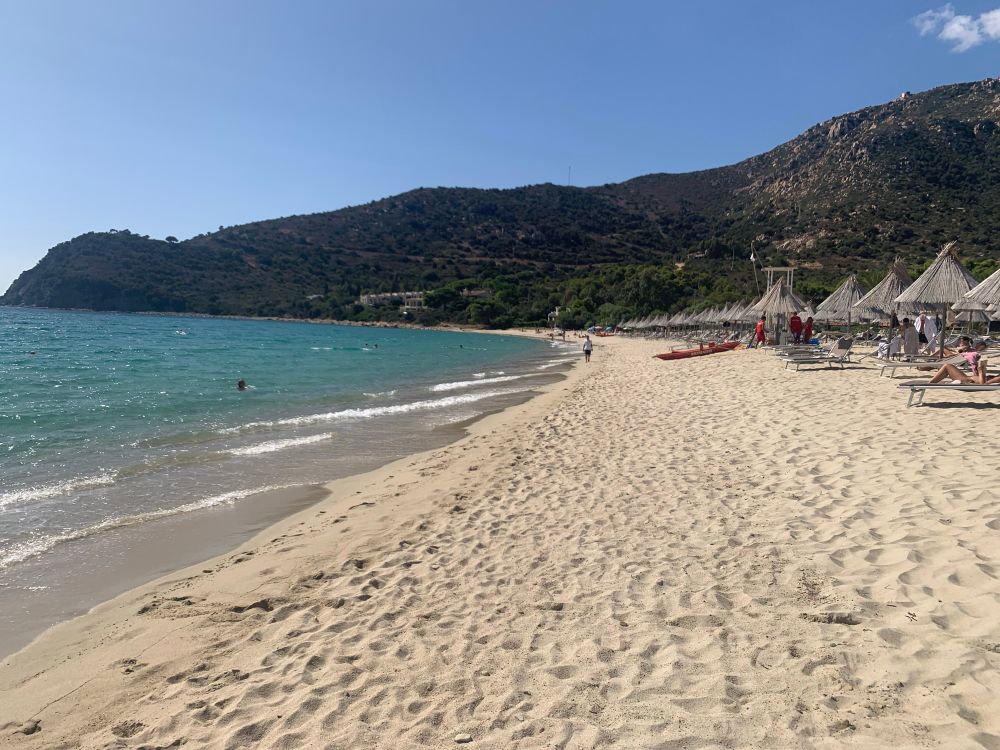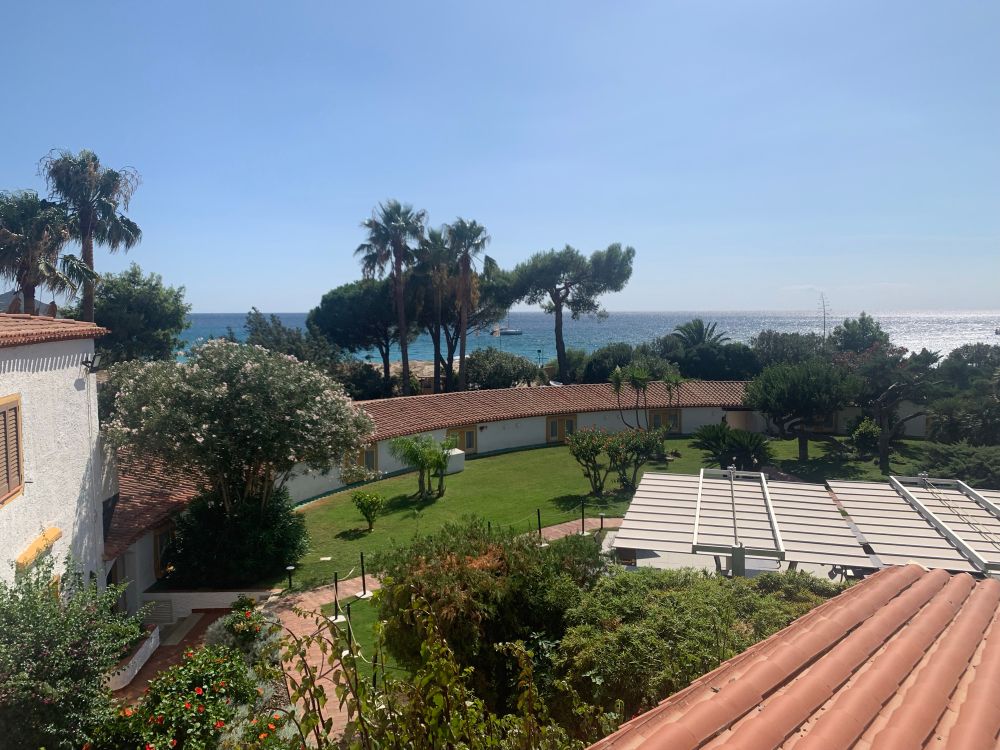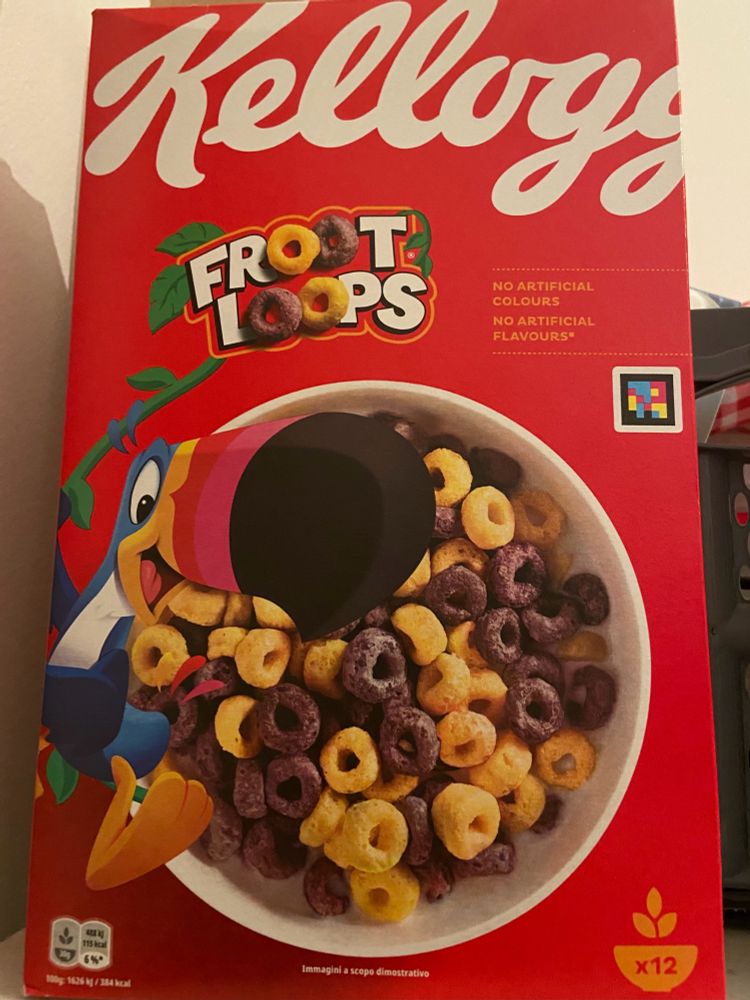Simon Sprecher
@simon-sprecher.bsky.social
800 followers
560 following
16 posts
Professor in Neurobiology at University of Fribourg @unifr @unifrBiology bringing #neurogenetics from #Drosophila to #Cephalopods and #Cnidaria -View are my own
Posts
Media
Videos
Starter Packs
Reposted by Simon Sprecher
Reposted by Simon Sprecher
Reposted by Simon Sprecher
Reposted by Simon Sprecher
Reposted by Simon Sprecher
Reposted by Simon Sprecher
Reposted by Simon Sprecher
Reposted by Simon Sprecher
Reposted by Simon Sprecher
Annika Barber
@annikabarber.bsky.social
· Nov 11
Reposted by Simon Sprecher













